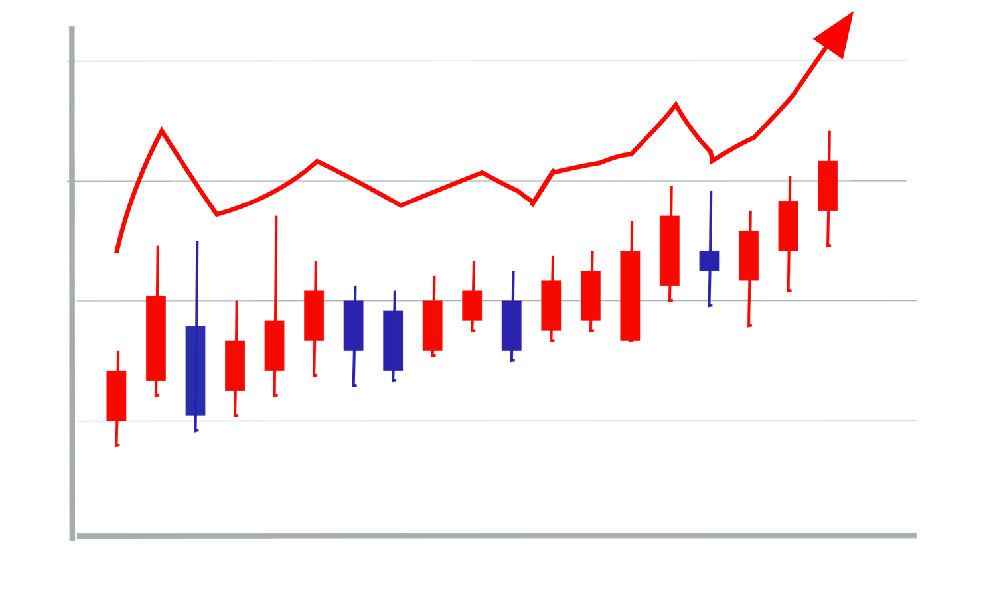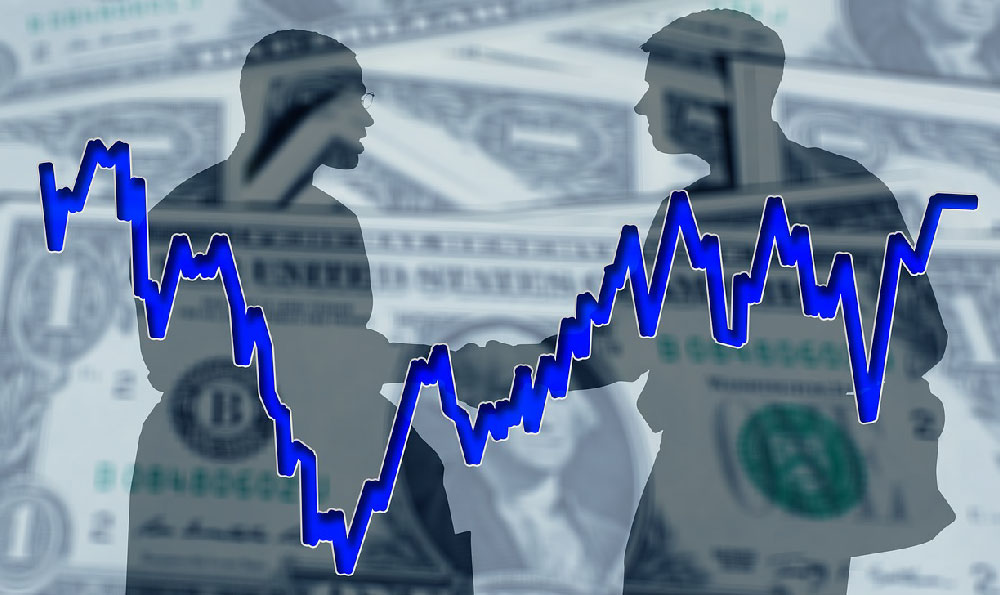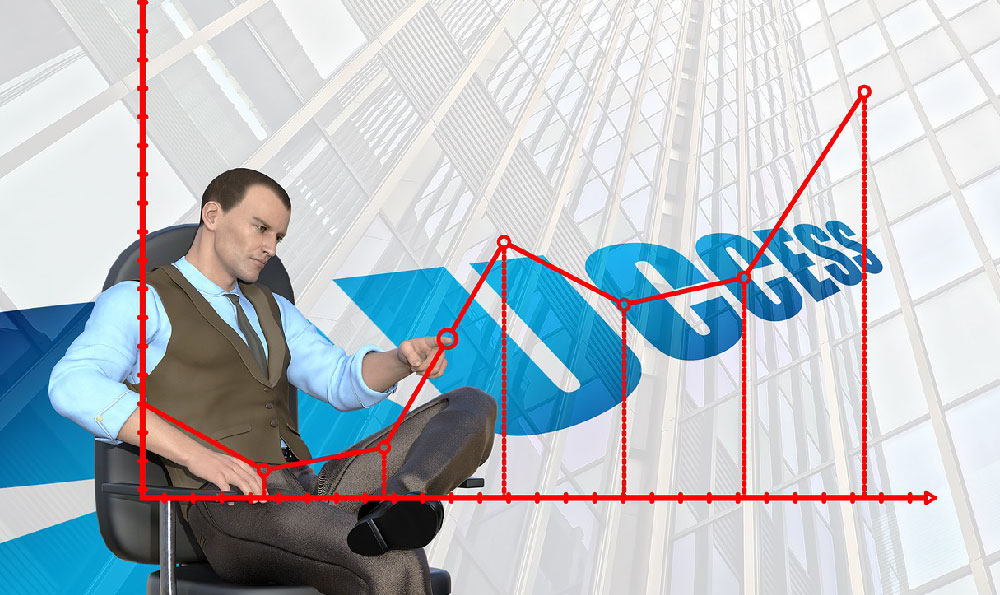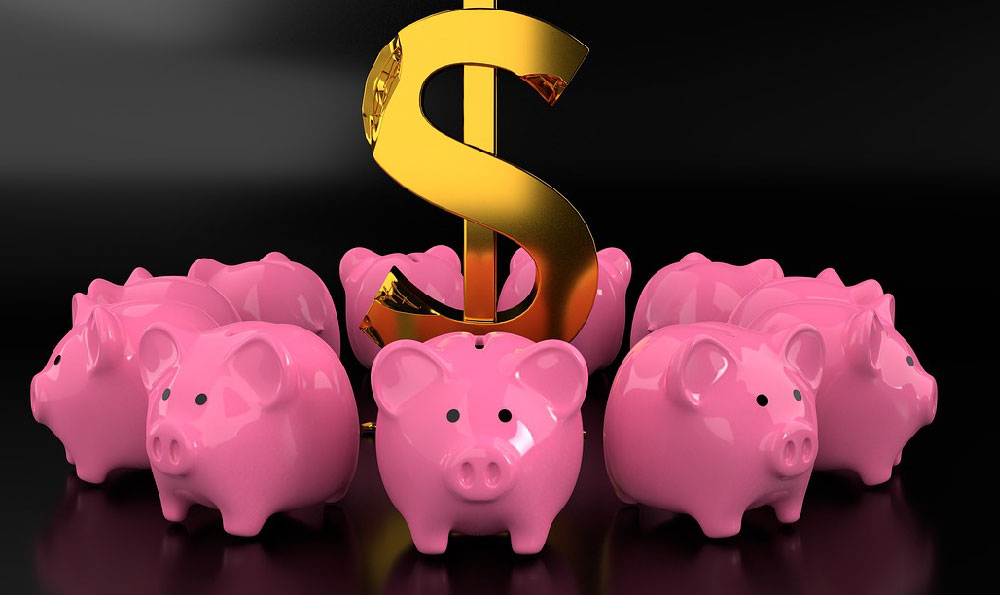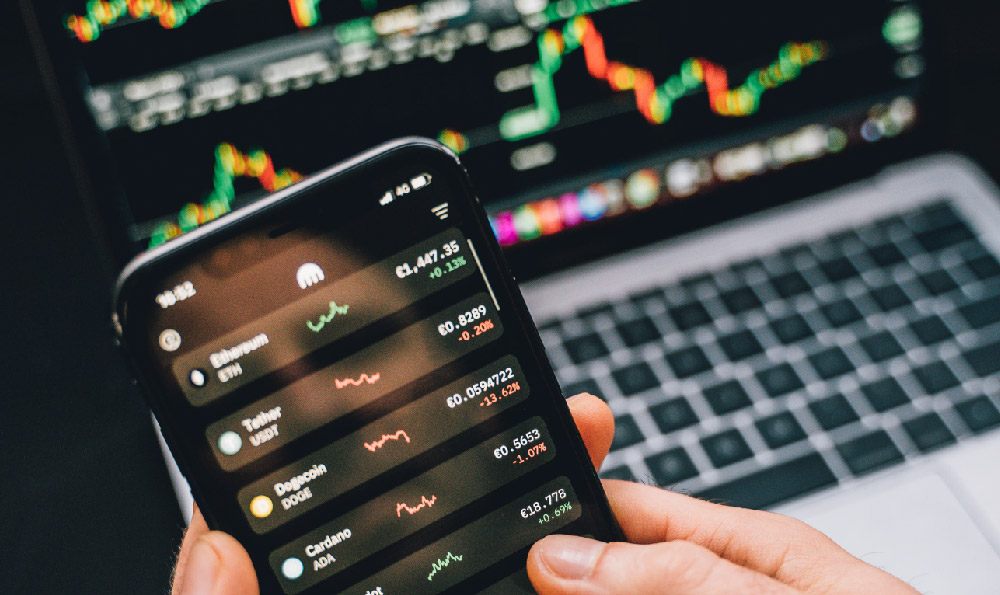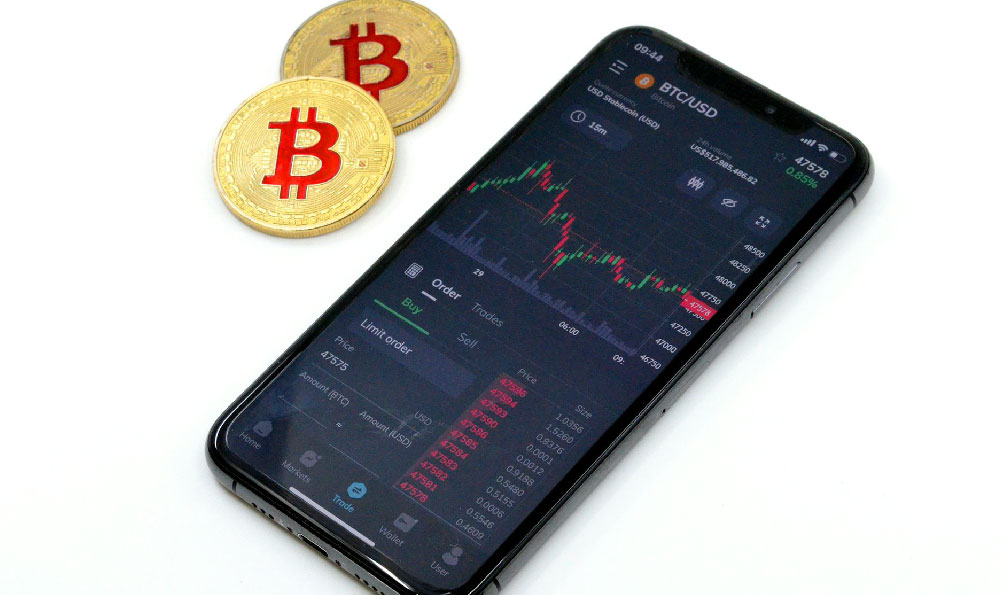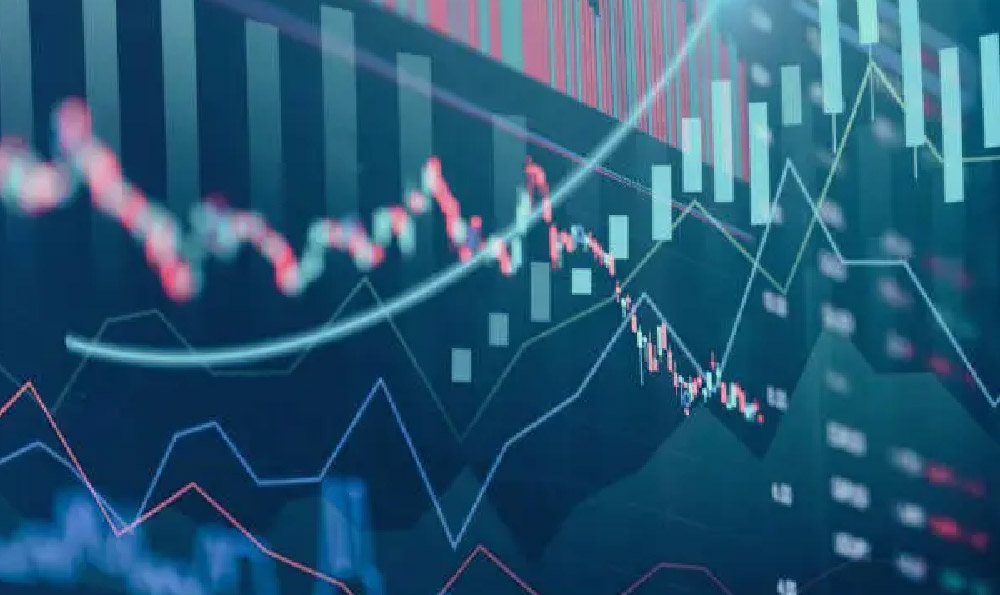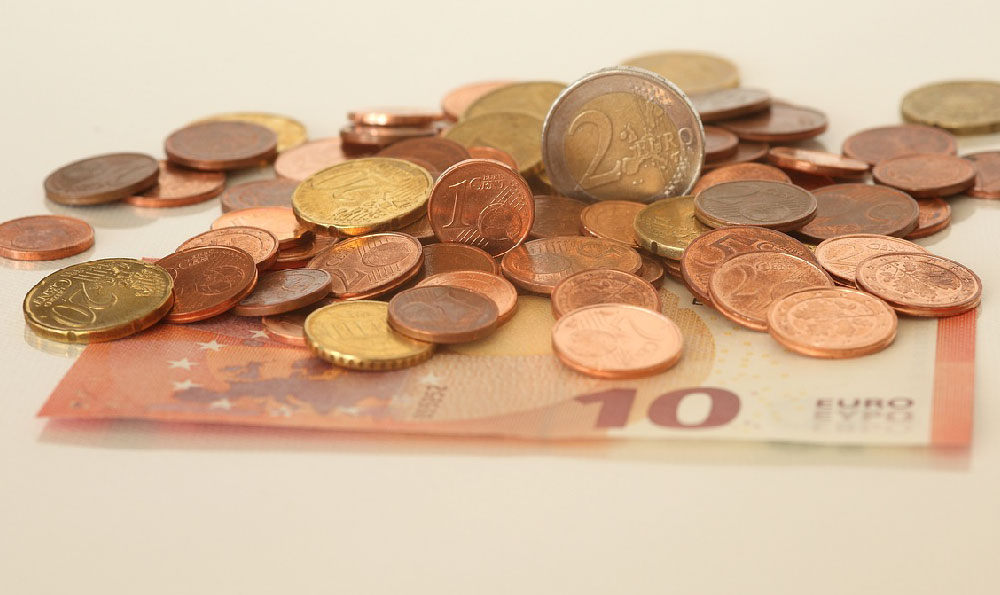The allure of turning artistic passion into financial gain is a powerful siren song for many. The art world, often perceived as a realm of subjectivity and emotional value, can indeed be navigated for profit, but it demands a keen understanding of the market, a discerning eye, and a dose of realism. The question isn't simply whether it's possible, but rather, how can one approach art acquisition and trading with a calculated mindset to maximize potential returns while mitigating risk?
Firstly, recognizing that the art market is not a monolith is crucial. Different segments, like contemporary art, classic masters, emerging artists, photography, and even collectible digital art (NFTs), operate with distinct dynamics and demand profiles. Understanding these nuances is paramount before diving in. For instance, the blue-chip contemporary art market, featuring established names with proven track records, often commands high prices and attracts institutional investors and ultra-high-net-worth individuals. While returns can be substantial, the entry barrier is also exceptionally high. Conversely, investing in emerging artists or niche areas like street art or vintage posters can offer more accessible entry points, but also carries significantly higher risk due to limited historical data and potential for fluctuating popularity.
Thorough due diligence is the bedrock of any successful art investment strategy. This extends beyond merely appreciating the aesthetic qualities of a piece. It necessitates researching the artist's background, exhibition history, sales records, and critical reception. Art price databases and auction house archives can provide valuable insights into past performance and market trends. Consider consulting with art appraisers or seasoned art advisors who possess specialized knowledge and can offer unbiased assessments of a piece's authenticity, condition, and market value. Be wary of inflated valuations or art pieces pushed by individuals with vested interests in selling them. Provenance, or the documented history of ownership, is also a vital factor impacting a piece's authenticity and value. A clear and unbroken chain of ownership strengthens the artwork's legitimacy and command a higher price.

Beyond individual artworks, macroeconomic factors and broader market trends play a significant role. Economic downturns can dampen demand for luxury goods, including art, potentially impacting valuations. Interest rate changes, inflation rates, and geopolitical events can all indirectly influence the art market. Monitoring these indicators and understanding their potential implications is crucial for making informed investment decisions. Staying informed about art fairs, gallery openings, and major museum exhibitions can provide valuable insights into current trends and emerging artists gaining traction. Subscribing to art market publications, attending industry events, and networking with art professionals can further enhance your understanding of the market dynamics.
Diversification is a fundamental principle in any investment portfolio, and art should be no exception. Avoid putting all your eggs in one basket by spreading your investments across different artists, styles, and price points. This helps to mitigate risk and allows you to capitalize on different market opportunities. Consider allocating a portion of your portfolio to more established artists with proven track records, while reserving a smaller portion for emerging artists with higher growth potential.
Digital art, particularly NFTs, introduces a new dimension to art investment. While the NFT market has experienced periods of rapid growth and high volatility, it also presents unique opportunities for investors. Understanding the underlying technology, the specific NFT project's fundamentals, and the community surrounding it are crucial for navigating this nascent market. Due diligence in the NFT space requires assessing the project's roadmap, the team's credibility, the smart contract's security, and the utility or scarcity of the NFT.
Storage and insurance are often overlooked but critical aspects of art investment. Proper storage conditions, such as climate control and security measures, are essential for preserving the artwork's condition and value. Insuring your artwork against theft, damage, or loss is also crucial for protecting your investment. Obtain a comprehensive insurance policy that covers the full replacement value of your artwork and consider using a specialized art storage facility for high-value pieces.
Finally, patience and a long-term perspective are essential virtues for successful art investment. The art market can be illiquid, meaning it may take time to find a buyer and realize a profit. Avoid impulsive buying decisions driven by hype or FOMO (fear of missing out). Instead, focus on building a well-researched and diversified art portfolio that aligns with your financial goals and risk tolerance. Recognize that the art market is inherently unpredictable, and there are no guarantees of profit. It's crucial to view art investment as a long-term strategy that requires ongoing monitoring, research, and a willingness to adapt to changing market conditions. Think of it less as a get-rich-quick scheme and more as a careful curation of assets you appreciate, with the potential for future financial reward. While profit is the aim, genuine interest and understanding of the artistic merit of your investments will contribute not only to your enjoyment of the process but also to a more informed and ultimately, more successful strategy.


